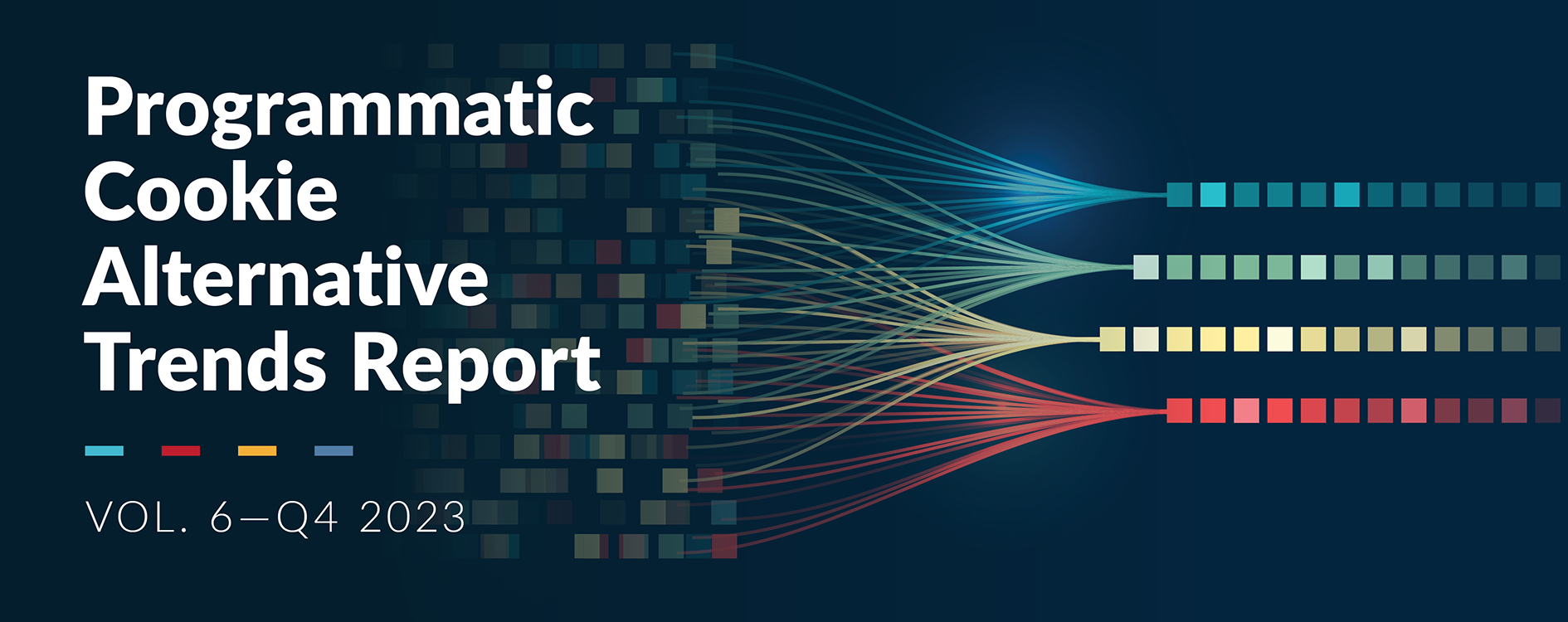Psst… the 2021 holiday season is already here. While the optimism we hoped for after vaccines became available has dissipated because of the Delta variant and lingering supply chain issues, retailers nonetheless expect another solid holiday season.
Both Bain and Deloitte predict holiday sales to increase somewhere between 7-9%, reaching $800bn for the first time in history. This is off the back of 2020 November and December year-on-year growth, reaching $789.4bn, per the National Retail Foundation. The 2021 holiday season will be as competitive as ever.
In addition, since many people did the majority of their shopping from their homes, online and other non-store sales jumped by 23% last holiday season. To reach online audiences in recent years, retailers have increased their spending on established social media platforms. Since they are effective in reaching new customers and achieving brand affinity, they caught on like wildfire, leading to market saturation and high costs. Aside from increased pricing, retailers have to rely on the walled garden of each platform’s data methodologies, making it difficult to apply and analyze insights across all channels.
The increased demand for advertising opportunities on these platforms is driving up costs and creating scarcity around certain subjects. So, smart marketers should look to more economic channels to win the holiday season. The good news is there is an efficient, mostly untapped and proven market for eyeballs. It’s also huge. Targeting this audience can make or break a holiday season strategy: the unaddressable open web.
What is the Unaddressable Open Web?
It means no cookies, non-logged-in traffic, found outside of social media walled gardens or app ecosystems. It was the primary way brands advertised online before cross-domain measurement, apps and social media existed. Many advertisers have ignored this inventory recently because historically they cannot target and measure at the user level.
Is it effective?
Very much so. You undoubtedly know about the move away from cookies, which Safari has banned since 2017 and Chrome will eventually move away from. As such, some marketers have soured on the open web, as they believe they can reach their customers better on social media and apps.
But there are thousands of high-quality publishers that offer premium opportunities to reach their audiences – most of whom are ideal customers for any retailer.
How big is this audience?
The unaddressable open web consists of nearly half of online US shoppers. For instance, over half of US adults have iPhones and most opt into the default browser Safari. This pool of consumers hasn’t received relevant ads for four years and counting.
Retailers are obviously targeting mobile, considering 39% of holiday eCommerce sales originated from mobile devices in 2020. And yet, retailers are mostly focused on apps and social media. But many consumers are using their phones to search for products and can be influenced by the ads they see on premium publisher sites and elsewhere on mobile browsers.
Imagine there is a queue of people waiting outside your store. Would you ignore 40% of those potential customers? That’s what many retailers are doing when they fail to advertise to the non-addressable open web. And by doing so, retailers can start dipping their toes in the cookieless realm while still targeting cookie users through Chrome. The result is net new customers primed for new messages.
Why is this an untapped audience if it’s so economical and valuable?
Many still avoid cookieless advertising because the measurement is difficult, or campaign success metrics do not perfectly align with social campaigns. However, the right partner(s) can help you find the right set of analytics that will show value and efficiency. Thanks to retailers investing in their own first-party data efforts, many brands are operating with unseen amounts of customer data that just needs to successfully be applied to unaddressable open web supply in order to yield favorable campaign results. Retailers can work with identity providers and/or can set up cookieless campaigns directly with publishers and supply aggregators.
Using cookie alternatives such as authenticated and probabilistic data and now cohorts, retailers can hone in on appropriate audiences and behaviors with less competition and cost.
In addition, publishers using technology to make their inventory addressable are now able to bring the full breadth and depth of targeting their readers, while adhering to consumer privacy laws and preferences.
Like anything new, it’s a process with a steep learning curve, but the financial and strategic benefits for advertisers are worth the effort. Out of the gate, you may give up some targeting and measurement precision. But what you give up, you make up in value and exposure to a new audience – critical when you’re trying to maximize every dollar and find new audiences that will be receptive to your message.
This original article was originally featured on The Drum.
By: Paul Bell | President & GM, Data at 33Across








